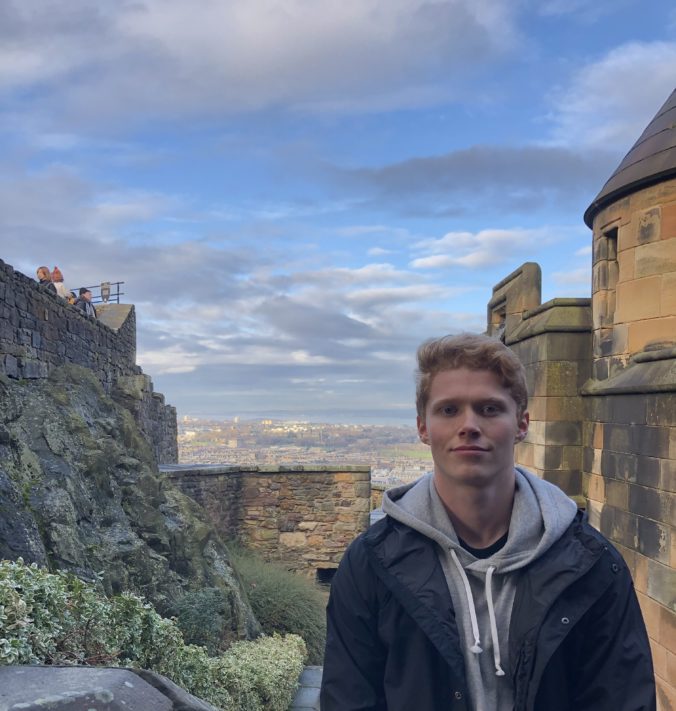A digital identity is a profile built on an individual that represents a set of attributes they attended to through use of the internet. Spracklen K. (2015) describes digital identity on how it is a great leisure space to develop a sense of belonging and identity (p. 94). This identity can be used as a tool to interact with other people on the digital web, and can be beneficial with gathering knowledge and building connections with others (p. 95). A topic matter that is regularly discussed is the separation of personal and professional digital identity. Jawed, S., et al (2019) put forth that a personal identity is vulnerable and expressive, while a professional identity is how you define yourself in your profession (p.33). It takes time to learn the professional ways of communicating and interacting with professional identities, whereas personal identities come natural to you (p. 34). Davos (2019) described benefits that can come from digital identities. An example Davos (2019) used is when you have a digital identity you get to operate in networked publics, this allows people to participate in the digital economy as a possible source of income, or to gain knowledge to put towards a source of income (2:50). Another benefit of digital identification is it can allow poor countries to leapfrog the ID process getting them identification faster (16:30).
References
Jawed, S., Mahboob, U., & Yasmeen, R. (2019). Digital professional identity: Dar internet! Who am I? Education for Health, 32(1), 33-35. doi:10.4103/efh.EfH_232_17
Spracklen K. (2015) Identity-Making and Social Media. In: Digital Leisure, the Internet and Popular Culture. Leisure Studies in a Global Era. Palgrave Macmillan, London. https://doi.org/10.1057/9781137405876_6
Davos 2019, press conference the value of digital identity for the global economy and society.

Recent Comments